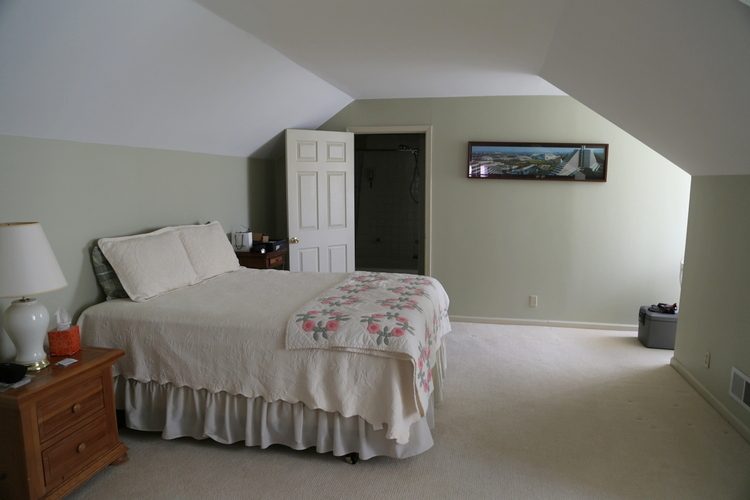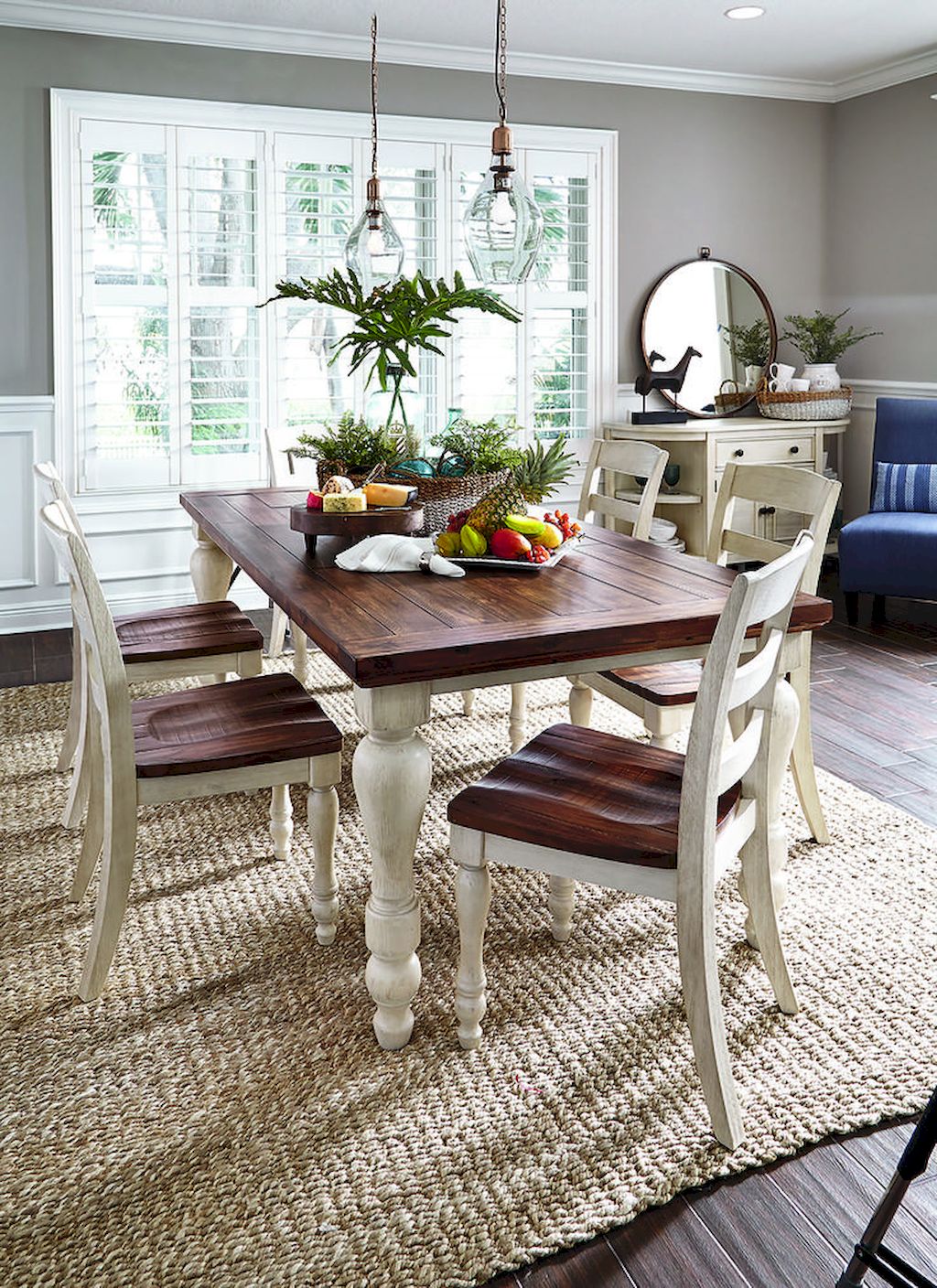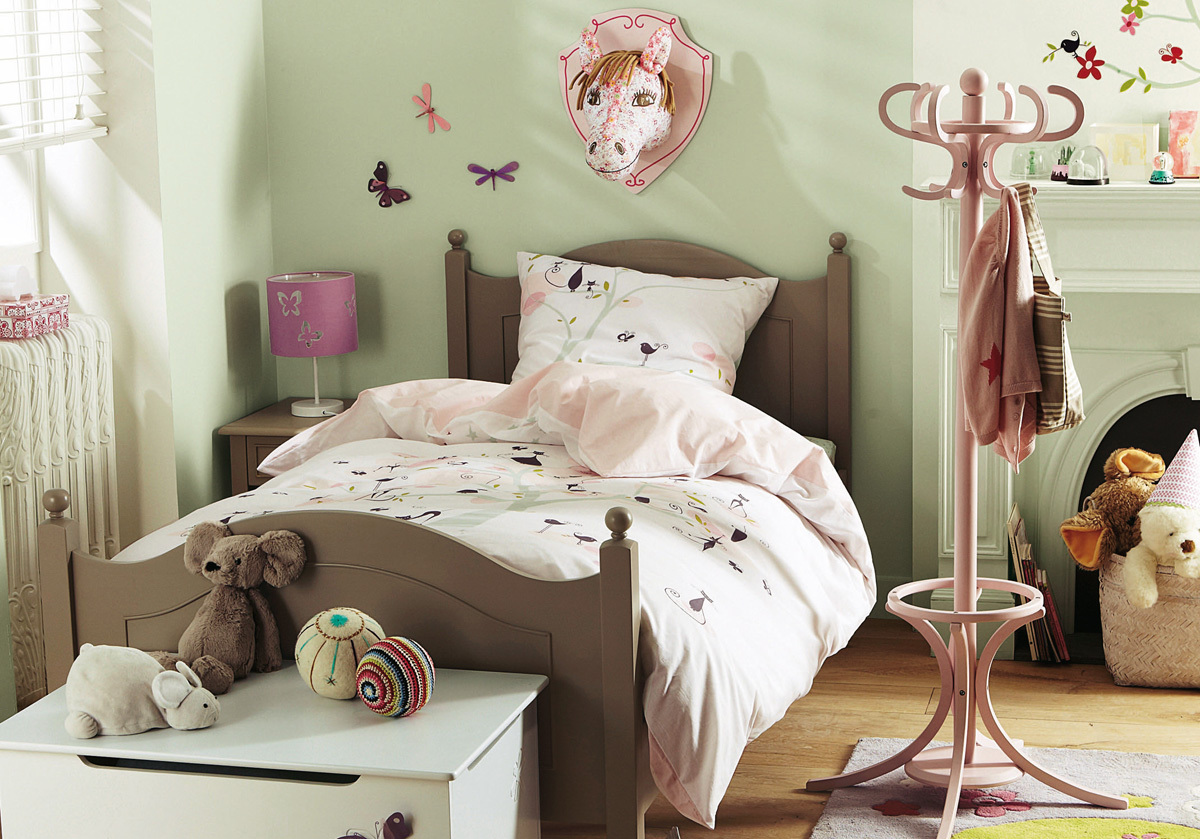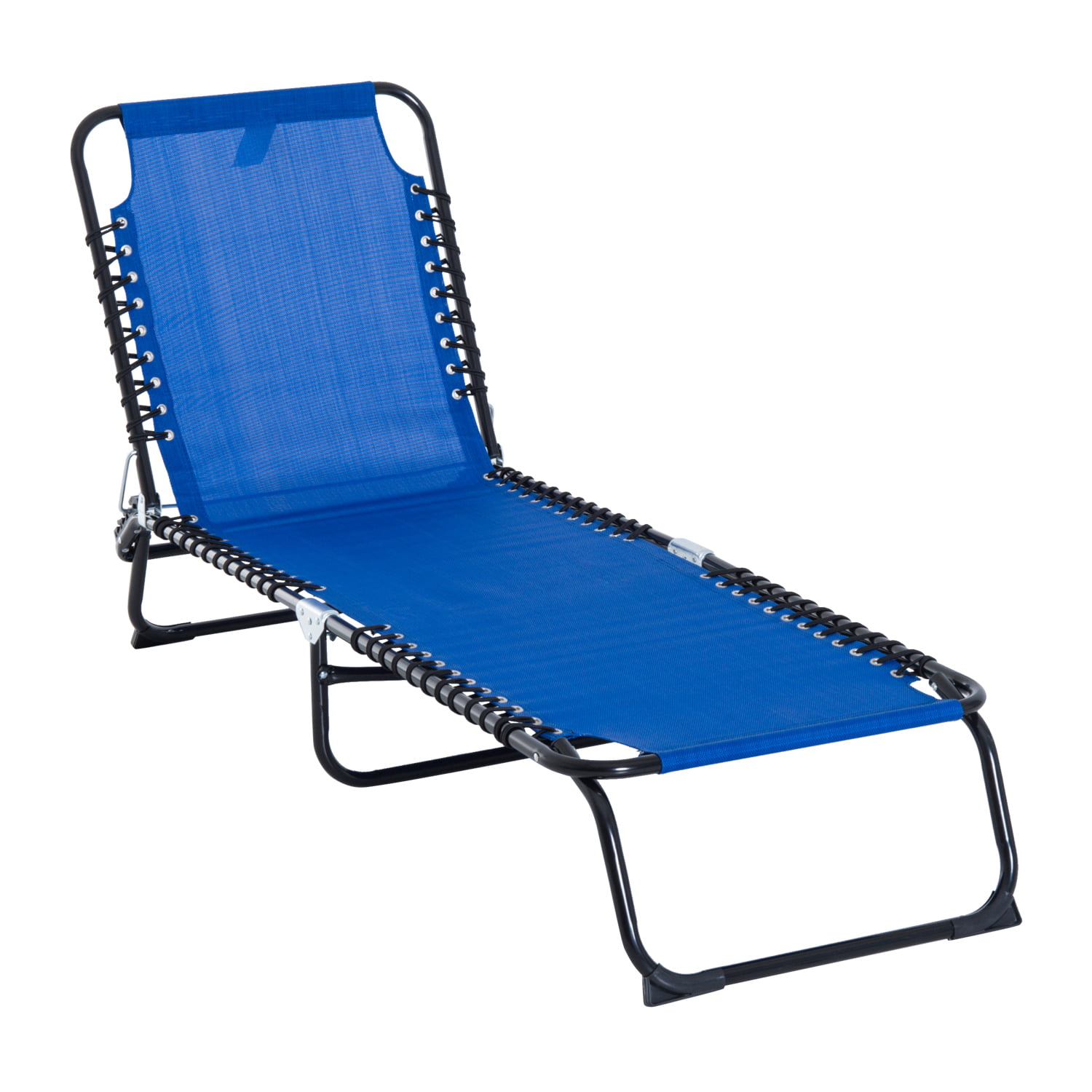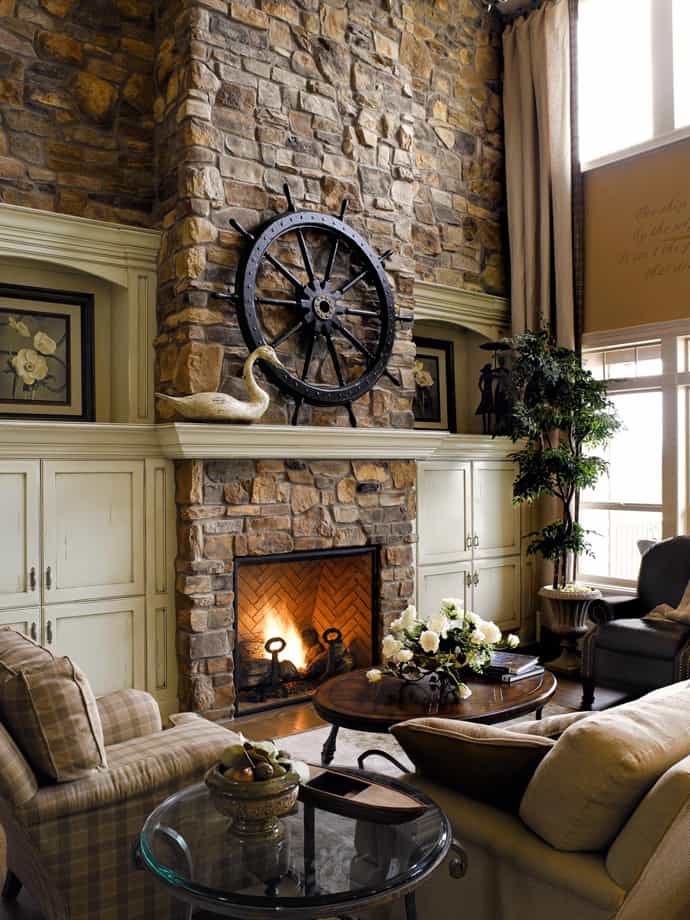It will grow well in zones 4 through 8. Kohuhu, ornamental gold bamboo, and hardenbergia are the best plant for fenceline in australia.
Plants For Privacy Fence, The dracaena plant is a bit different from other privacy plants. It will grow well in zones 4 through 8.

These plants will quickly cover a fence and provide privacy. Not only does it grow around three to five feet a year, but provides your backyard with a soft, pleasing, feathery evergreen that matures uniformly and symmetrically. It is one of the most popular screen plants in the united states. It also brings about privacy to your home and surrounding.
The species of the hedging plant have tall hedges and crisps, making it a suitable plant for the fence line.
The syzygium smithii (formerly acmena smithii) grows up to five metres tall relatively quickly. Its thick evergreen foliage creates a dense hedge when the trees are spaced properly, it. That might sound pricey, but you can plant willows five feet apart in a living fence, so you won’t need as many of them to form a fence as you would many plants on this list. The species of the hedging plant have tall hedges and crisps, making it a suitable plant for the fence line. Vertical feathered boards make a more solid barrier than horizontal lap panels, but kids will always peep through the cracks and conversations can be clearly heard. But sometimes, physical fences, such as wood or vinyl, can be costly and unsightly.
 Source: hortzone.com
Source: hortzone.com
That might sound pricey, but you can plant willows five feet apart in a living fence, so you won’t need as many of them to form a fence as you would many plants on this list. If having high plants in your space is an issue, you can opt for a. Green columnar juniper (juniperus chinensis) emerald green arborvitae (thuja.
 Source: pinterest.nz
Source: pinterest.nz
There are many reasons why arborvitae is among the most popular plants for a living privacy fence. Depending on how much space you allot for your privacy fence, you can plant your trees in tight rows or space them out to create a unique pattern. It is deciduous, but when it sheds all leaves in fall, it displays a bright.
 Source: alexnld.com
Source: alexnld.com
That might sound pricey, but you can plant willows five feet apart in a living fence, so you won’t need as many of them to form a fence as you would many plants on this list. The dracaena plant is a bit different from other privacy plants. Cypress also grows very tall and narrow, meaning it can be planted close.
 Source: rockwaterfarm.com
Source: rockwaterfarm.com
In new gardens, all that separates us from our neighbours may be flimsy panel fences. What are the best plants for fence line in australia? Plants in containers can provide screening for your condo balcony or serve as a peripheral fence for a patio or deck. The leaves burst from the trunk, creating some drama and. However, the leaves are.
 Source: walmart.com
Source: walmart.com
Due to its dense foliage that totally block vision, it is nicknamed the �privacy hedge�. Get ready for some interesting vegetation that can add shade , privacy, and beauty to your yard. Benefits of planting privacy bushes; Bougainvillea, carissa carandas, atropha curcas are the best plant for fence line in india. The syzygium smithii (formerly acmena smithii) grows up to.
 Source: thegardenglove.com
Source: thegardenglove.com
It is one of the most popular screen plants in the united states. Hence it can serve as a fence on its own. Get ready for some interesting vegetation that can add shade , privacy, and beauty to your yard. With over 70 different boxwood species to choose from you want to avoid those that are too small. Below you.
 Source: greensideupgifts.com
Source: greensideupgifts.com
However you need to trim your privacy hedge regularly or else it runs wild. It is one of the most popular screen plants in the united states. Bamboo, photinia are the best plants for fence lines in nz. Tall ferns should be avoided while fencing. These plants will quickly cover a fence and provide privacy.
 Source: paten33r.blogspot.com
Source: paten33r.blogspot.com
Good for privacy and very easy on the eye! A fence planter box is a rectangular container which is used for growing plants and flowers that is fixed, mounted or attached to fence rails or pickets. Cypress also grows very tall and narrow, meaning it can be planted close together to as a privacy screen. The dracaena plant is a.
 Source: homemydesign.com
Source: homemydesign.com
Boxwood are an amazing shrub that are perfect for fence lines as well as privacy walls. It will grow well in zones 4 through 8. The leaves burst from the trunk, creating some drama and. Get ready for some interesting vegetation that can add shade , privacy, and beauty to your yard. That’s where plants come into play!
 Source: pinterest.ca
Source: pinterest.ca
Shannen godwin from j parker’s, a leading plant and bulb companies, says: These plants will quickly cover a fence and provide privacy. Climbing plants for fence lines. It will grow well in zones 4 through 8. But if you would love to, in the meantime, enhance the aesthetics, red twig dogwood makes a great choice.
 Source: walmart.com
Source: walmart.com
You can mount them directly to the fence and can use them for a variety of plants, such as strawberries, leafy greens, succulents, or annuals with colorful blooms. Bamboo, photinia are the best plants for fence lines in nz. A fence planter box is a rectangular container which is used for growing plants and flowers that is fixed, mounted or.
 Source: pinterest.com
Source: pinterest.com
The leyland cypress is one of the fast growing privacy plants that gives you your desired seclusion. Vertical feathered boards make a more solid barrier than horizontal lap panels, but kids will always peep through the cracks and conversations can be clearly heard. It also brings about privacy to your home and surrounding. It prefers cooler climates over harsh or.
 Source: pinterest.com.mx
Source: pinterest.com.mx
Its thick evergreen foliage creates a dense hedge when the trees are spaced properly, it. The species of the hedging plant have tall hedges and crisps, making it a suitable plant for the fence line. The leyland cypress is one of the fast growing privacy plants that gives you your desired seclusion. In new gardens, all that separates us from.
 Source: decorsteps.com
Source: decorsteps.com
There are many reasons why arborvitae is among the most popular plants for a living privacy fence. That might sound pricey, but you can plant willows five feet apart in a living fence, so you won’t need as many of them to form a fence as you would many plants on this list. If having high plants in your space.
 Source: hoommy.com
Source: hoommy.com
Boxwood grows optimally in zones 5 by 8 some grow as high as 20 feet; Cypress also grows very tall and narrow, meaning it can be planted close together to as a privacy screen. Lilly pillys have been a common choice for privacy in australian gardens for decades. Climbing plants for fence lines. That’s where plants come into play!
 Source: pinterest.com
Source: pinterest.com
It also produces small pink berries that can be used in jams. Green columnar juniper (juniperus chinensis) emerald green arborvitae (thuja occidentalis) Of course, evergreen trees are usually the most sought after when it comes to creating a privacy fence. If you’re looking for some of the best trees for backyard privacy, choose evergreen arborvitae hedging plants. Not only does.
 Source: pinterest.com
Source: pinterest.com
But sometimes, physical fences, such as wood or vinyl, can be costly and unsightly. In new gardens, all that separates us from our neighbours may be flimsy panel fences. The leaves burst from the trunk, creating some drama and. There are many reasons why arborvitae is among the most popular plants for a living privacy fence. Due to its dense.
 Source: trexfurniture.com
Source: trexfurniture.com
Woody, sectioned stems branch out in leafy clusters while the jointed rhizomes in the root system concentrate on developing underground. It prefers cooler climates over harsh or tropical conditions. A fence planter box is a rectangular container which is used for growing plants and flowers that is fixed, mounted or attached to fence rails or pickets. Many shrubs, such as.
 Source: homemydesign.com
Source: homemydesign.com
This one isn’t known for its dense vegetation. It will grow well in zones 4 through 8. In fact, the plant grows a thin trunk in both tree and shrub form. Glossy green shrubs like these grow in a tight and dense form, giving you complete privacy, with plants. Boxwood are an amazing shrub that are perfect for fence lines.
 Source: aliexpress.com
Source: aliexpress.com
Hence it can serve as a fence on its own. 5 beautiful bushes to plant in the yard. Get ready for some interesting vegetation that can add shade , privacy, and beauty to your yard. Try “dwarf english laurel”, like in this photo from ‘ the tree center ‘. Most ferns that have more foliage make good fence plants.
 Source: walmart.com
Source: walmart.com
Get rid of nosy neighbors with privacy plants. Boxwood grows optimally in zones 5 by 8 some grow as high as 20 feet; It will grow well in zones 4 through 8. However, the leaves are what provide privacy. Cypress also grows very tall and narrow, meaning it can be planted close together to as a privacy screen.
 Source: pinterest.com
Source: pinterest.com
Climbing plants for fence lines. Try “dwarf english laurel”, like in this photo from ‘ the tree center ‘. These plants will quickly cover a fence and provide privacy. Below you will find 10 options to choose from and don’t worry, we understand not everyone has a green thumb. Cypress also grows very tall and narrow, meaning it can be.
 Source: pinterest.com
Source: pinterest.com
If having high plants in your space is an issue, you can opt for a. This one isn’t known for its dense vegetation. Woody, sectioned stems branch out in leafy clusters while the jointed rhizomes in the root system concentrate on developing underground. You know how fast lawn grass grows; Many shrubs, such as small hydrangeas, butterfly bush, and elderberry,.
 Source: homemydesign.com
Source: homemydesign.com
There are many reasons why arborvitae is among the most popular plants for a living privacy fence. That might sound pricey, but you can plant willows five feet apart in a living fence, so you won’t need as many of them to form a fence as you would many plants on this list. This one isn’t known for its dense.
 Source: thespruce.com
Source: thespruce.com
The leyland cypress is one of the fast growing privacy plants that gives you your desired seclusion. In fact, the plant grows a thin trunk in both tree and shrub form. In new gardens, all that separates us from our neighbours may be flimsy panel fences. But sometimes, physical fences, such as wood or vinyl, can be costly and unsightly..
